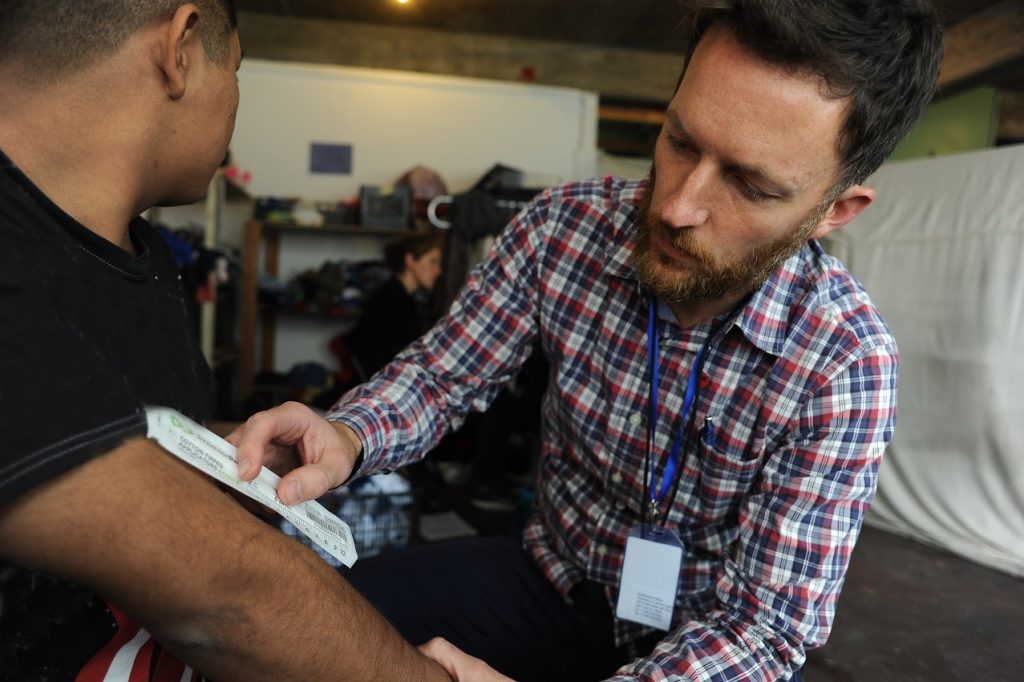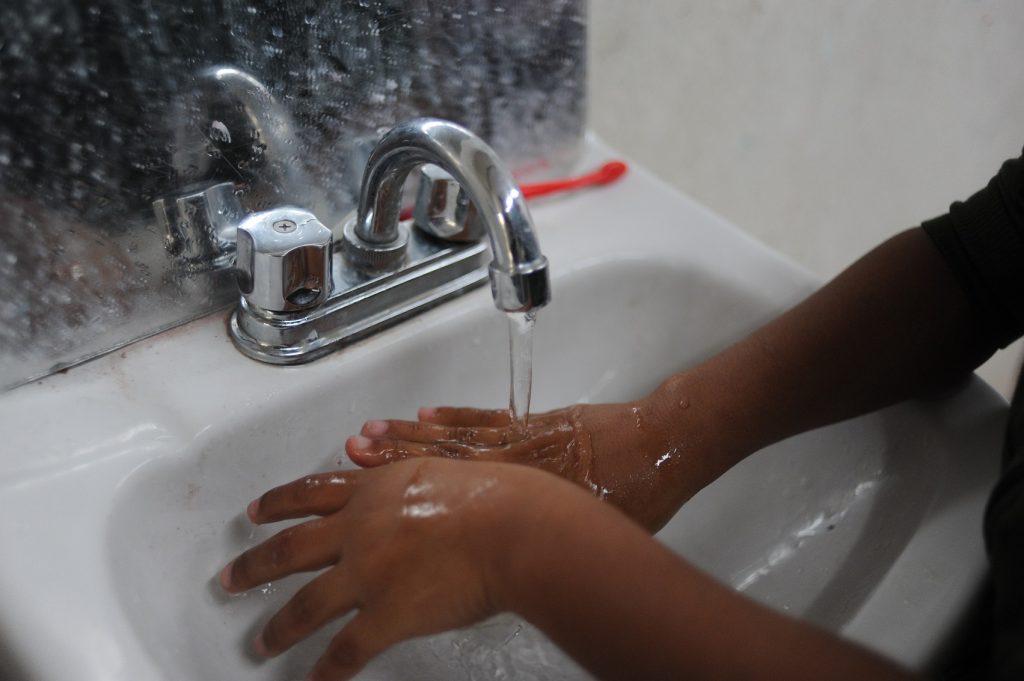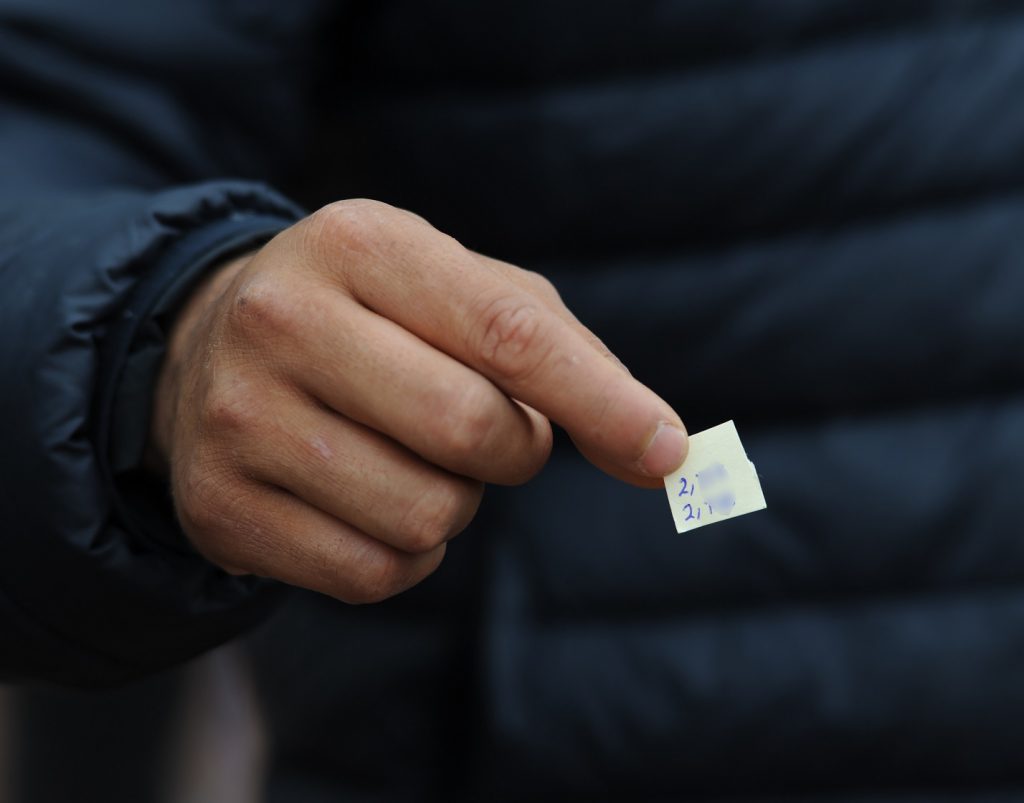Thousands of distraught asylum seekers, waiting weeks and months at border shelters, their futures in limbo. Children – and teens – so traumatized that they wet their sleeping bags in the tiny tents they share with four other family members. Mothers and fathers, physically and emotionally exhausted from long journeys through Central America, now stranded at the U.S. border, too frightened to venture onto the streets for fear that the gangs they escaped in Honduras, or El Salvador, or southern Mexico have followed them here and will kill them.
That’s the emergency I witnessed at the U.S. border last week. In Tijuana with a team of doctors from Physicians for Human Rights (PHR), I met family after desperate family who had fled their homes after threats against their safety, and, often, their lives. Unable to receive protection from the police in their home countries, most had left with little more than the clothes on their backs in the hope of finding the safety and shelter they so urgently need. Yet the very country they hoped would offer them safe haven is forcing them – in violation of U.S. and international law – to wait in terror and danger, sometimes indefinitely, on the other side of the border.
The Trump administration’s declaration of a state of emergency to fund a border wall ignores the real emergency: the human suffering of an already extremely vulnerable population, exacerbated by cruel and illegal U.S. policies.

“My brother was killed by gang members,” Fernando,* an 18-year-old from Central America, told us at a clinic in Tijuana. His brother had refused to join a local gang, who was recruiting him in the hope of later pressuring his younger siblings to join. “They ended up taking him away, and the next day his body was found in the canal. They then started hunting me because they knew that I knew who did it.” Fernando fled to a nearby town, but was pursued there and finally headed to the U.S. border. In Tijuana, he was found again and severely beaten; he said only the police’s intervention saved him from being killed.
Maria and her family fled their Central American country after she was repeatedly pressured by gangs to kill her own husband, who had refused to comply with the gang’s extortion demands. Her husband and eight-year-old son, Pablo, were attacked by gang members, who narrowly missed killing Pablo with a machete. Now at the U.S. border, Maria is too terrified to leave the shelter where they live. Pablo is convinced they are still being chased by the gang. He has nightmares and wets his bed. Some days, he asks Maria, “Why don’t you just kill me?”

Every day that people like Fernando, Maria, and Pablo have to wait at the border is another day of suffering and fear. Yet U.S. policies that “meter” the number of people permitted to cross at ports of entry like Tijuana mean that only a few dozen of them – often fewer – are allowed to present their cases for asylum to U.S. authorities each day. And with the recent enactment of the Trump administration’s Migrants Protection Protocols, most of those who have finally been allowed to cross will be swiftly returned to wait in Mexico for their U.S. court dates – a process that can take years.

“We left as soon as we had buried them,” a young man told me at El Chaparral, the square in Tijuana where pedestrians cross into the United States. Four days earlier, he had laid to rest his brother and another family member, who had been killed by gangs – and then decapitated. “We were scared. We knew we had to leave right away.” With his elderly parents, siblings, nieces, and nephews, he had spent three days making his way to Tijuana. Now he clutched in his hand a number scrawled on a tiny slip of paper – their place in the line to apply for asylum in the United States. It’s an informal process organized by migrants themselves to introduce a semblance of order to the chaos imposed by unpredictable metering at U.S. ports of entry. This family’s turn lay weeks – at least – in the future.
The United States has a legal and moral responsibility to process asylum seekers in safety and dignity. Building a wall diverts funds that should instead be used to increase staff at ports of entry, so that asylum seekers can be processed more quickly and humanely, to provide adequate medical care to migrants in custody on the U.S. side, and to reduce the risk of further physical and psychological trauma to those waiting in Mexico.
PHR is working at the U.S-Mexico border to collect physical and psychological documentation of asylum seekers. Our preliminary findings show us that they have strong claims that must be heard immediately, that they are still under imminent threat in Mexico, and that U.S. policies that prevent them from crossing promptly are putting them at risk of irreparable harm.
PHR doctors who examined Fernando found that he is likely suffering from PTSD. He has trouble sleeping most nights. He can’t concentrate and has flashbacks. While he waits in Tijuana for his appointment to enter the United States, he knows he is being watched and followed. Sometimes he thinks he would be better off dead.
When we left the clinic where me met him, Fernando was sitting listening to music, headphones on, looking like any other 18-year-old. We wondered if he would make it alive to his crossing day.
*All names and some details changed for security reasons.

